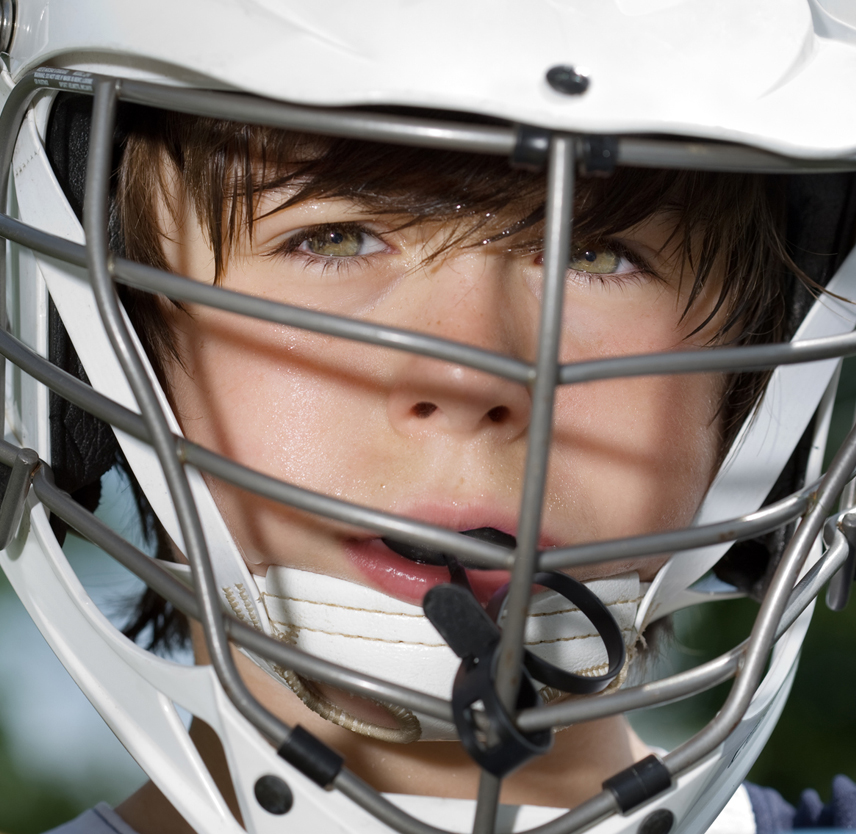
In its first update in eight years, the American Academy of Pediatrics cites the latest research into the incidence and treatment of sports-related concussion (SRC). SRC remains common in nearly all sports at all levels, with boys’ tackle football and girls’ soccer reporting the most incidents, followed by other high-contact sports. Over the past few years, guidance on treatment and recovery of injured players has evolved. The AAP report reflects the latest research on recommendations, which now call for reducing – but not eliminating – a return to some physical and cognitive activity in the days following a concussion. There is also no research that shows that a youth’s use of electronics, such as computers, television, video games or texting, is harmful after a concussion. In fact, complete elimination of electronics may lead to a child’s feeling of social isolation, anxiety or depression, the report states.
The report's recommendations are as follows:
- Neurocognitive testing after a Sports Related Concussion (SRC) is only 1 tool that may be used in assessing an athlete for recovery and should not be used as a sole determining factor to determine when return to play is appropriate. Testing should be performed and conducted by providers who have been trained in the proper administration and interpretation of the tests.
- Athletes who remain unconscious after a head injury should be assumed to have a cervical spine injury. Appropriate stabilization of the cervical spine should occur, and the patient should be transported to an emergency facility for further evaluation.
- Athletes with prolonged symptoms after an SRC should be evaluated for coexisting problems that may be contributing to the lack of symptom resolution and may benefit from referral to an appropriate health care provider who can evaluate and treat these problems.
- All athletes with a suspected SRC should be immediately removed from play and not returned to full sports participation until they have returned to their baseline level of symptoms and functioning and completed a full stepwise return-to-sport progression without a return of concussion symptoms. If injury recovery occurs during the academic year, a return to the full academic workload is expected before a return to full sports participation.
- Although all concussions cannot be prevented, reducing the risk through rule changes, educational programs, equipment design, and cervical strengthening programs may be of benefit. Prevention efforts should be focused on reducing the risk of long-term injury after a concussion.
- Health care providers should have an understanding of their individual state’s laws regarding return to play after a concussion.
